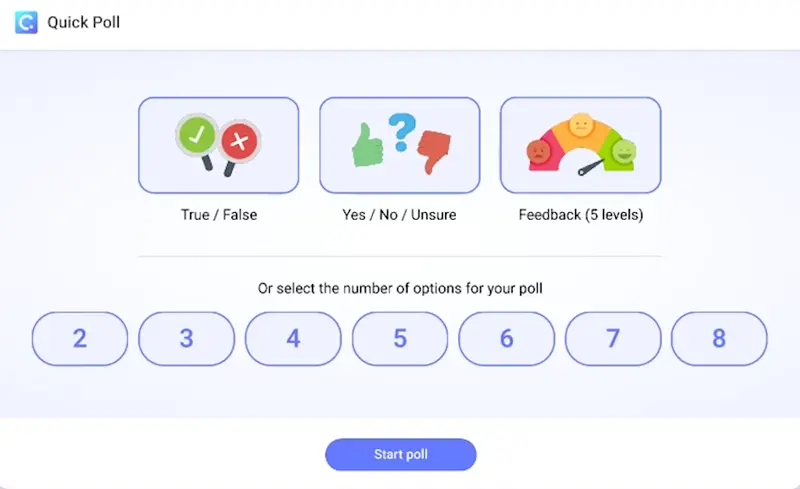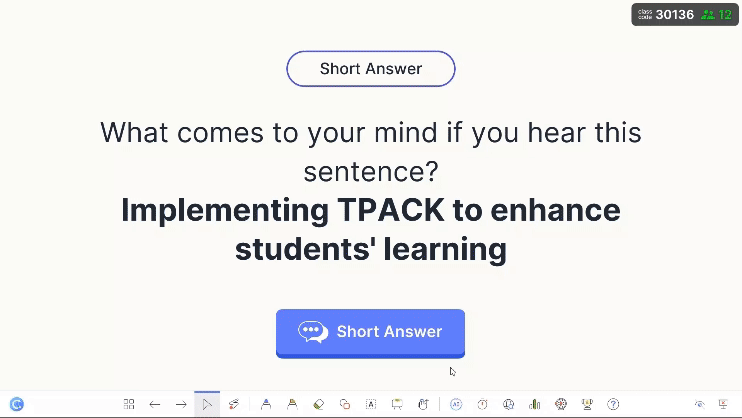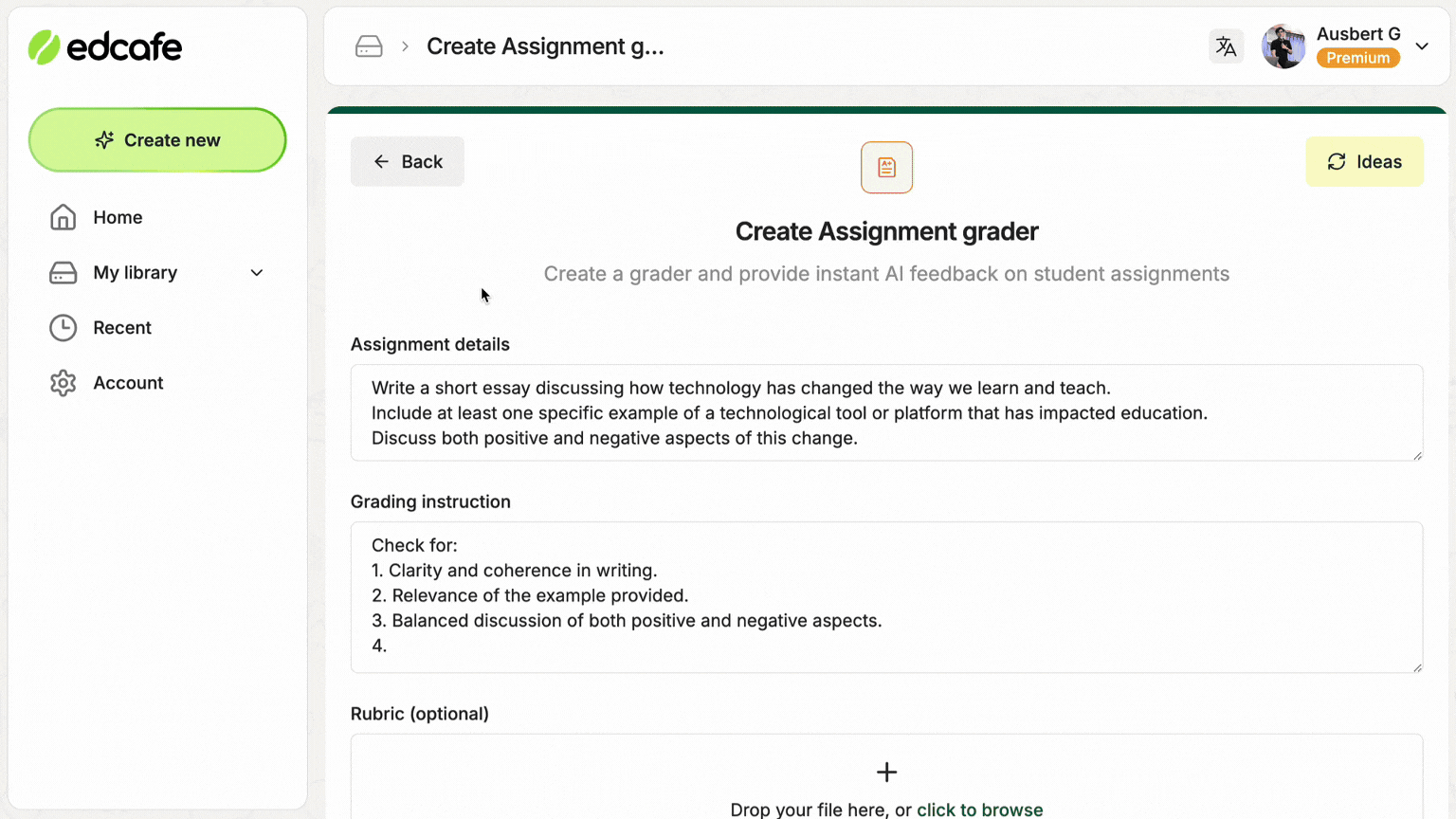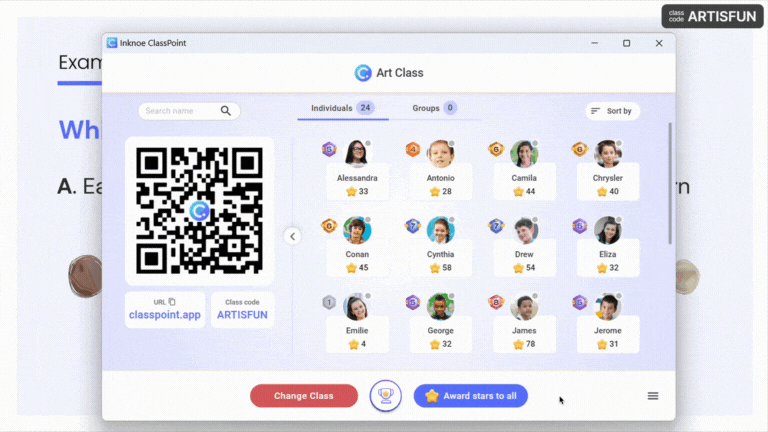6 Proven Feedback Strategies That Make Students Ask for Feedback Themselves
Introduction
What if your students started asking for feedback instead of avoiding it? For many teachers, student feedback can feel like a one-way street, with students passively receiving input rather than engaging with it. But when students actively seek feedback, the dynamic shifts. It becomes less about correction and more about collaboration.
Feedback strategies that encourage students to ask for feedback themselves can transform your classroom in ways you would have never imagined. Think of a space where students are motivated to improve, communicate openly about their progress, and feel confident navigating challenges. Here’s what that kind of classroom could look like:
- Students proactively reflect on their work. Instead of waiting for teacher comments, they start identifying their strengths and areas for growth, paving the way for meaningful discussions.
- A collaborative atmosphere takes root. Peers exchange constructive feedback, turning every project into a shared learning experience.
- Learning becomes self-directed. Students develop the skills to seek guidance, ask the right questions, and actively apply feedback to their work.
Why Feedback Matters More When Students Seek It
Student feedback is most powerful when it feels intentional and purposeful. When feedback strategies empower students to ask for feedback, it builds a deeper connection between their effort and the results they achieve. Seeking feedback fosters a growth mindset. This is skills that prepares students to thrive in real-world environments where feedback drives success.
Here’s how seeking feedback changes the dynamic in your classroom:
- It increases intrinsic motivation. When students ask for feedback, they are driven by a personal desire to improve rather than an external expectation, making their efforts more meaningful.
- It encourages more targeted and actionable feedback. When students frame their own questions or concerns, teachers can provide feedback tailored to their specific needs, increasing its effectiveness.
- It builds lifelong learning habits. Students who seek feedback develop self-regulation and problem-solving skills that are crucial far beyond the classroom.
- It shifts feedback into a dialogue. Instead of a one-sided process, feedback becomes an exchange of ideas where students and teachers collaborate toward improvement.
Out-of-the-Box Feedback Strategies That Make Students Seek For Feedback
1. Empower Students with Self-Assessment Tools
What It Is: Self-assessment tools give students the opportunity to reflect on their work before receiving feedback from you. These can be rubrics, checklists, or reflection prompts that allow students to evaluate their own performance based on defined criteria.
Why It Works:
- Encourages active participation: Students reflect on their own strengths and weaknesses, which empowers them to seek more targeted feedback.
- Fosters a growth mindset: When students understand where they can improve, they are more likely to engage in the feedback process.
- Increases accountability: By assessing themselves, students become more invested in their progress and are more likely to request feedback on areas they care about.
Sample Self-Assessment Checklist for a Persuasive Essay
This checklist will guide students to assess their own writing based on key components, with space to rate their performance and identify areas for improvement.
| Criteria | Rating (1-4) | Reflection / Comments |
|---|---|---|
| Thesis Statement | [ ] 1 [ ] 2 [ ] 3 [ ] 4 | Does the thesis clearly state the main argument? What can be improved? |
| Argument | [ ] 1 [ ] 2 [ ] 3 [ ] 4 | How well does the argument support the thesis? Is there a strong connection between points? |
| Evidence | [ ] 1 [ ] 2 [ ] 3 [ ] 4 | Have I used enough credible evidence to back up my argument? |
| Organization | [ ] 1 [ ] 2 [ ] 3 [ ] 4 | Is my essay logically organized with clear sections? |
| Transitions | [ ] 1 [ ] 2 [ ] 3 [ ] 4 | Are my transitions between paragraphs smooth? Where do I need to improve? |
| Grammar and Mechanics | [ ] 1 [ ] 2 [ ] 3 [ ] 4 | Did I make any grammar or spelling mistakes? What errors need fixing? |
| Creativity and Originality | [ ] 1 [ ] 2 [ ] 3 [ ] 4 | Are my ideas original? How can I bring more creativity to my writing? |
| Adherence to Guidelines | [ ] 1 [ ] 2 [ ] 3 [ ] 4 | Did I meet all the requirements (length, format, etc.)? What needs adjusting? |
How to Use:
- Students rate their work on a scale from 1 (needs major improvement) to 4 (excellent).
- In the reflection section, students explain their rating for each criterion.
- If a student rates a section 1 or 2, they should note exactly what revisions they plan to make before submitting their work.
- After reflecting, they should bring the checklist with their work to you, highlighting the areas they feel need additional help or clarification.
2. Co-create Student Feedback Rubrics
What It Is: Co-creating rubrics with students involves collaborating with them to define the criteria for success in an assignment or project. Instead of presenting a rubric to students after it’s been created, they work alongside you to determine what constitutes quality work, allowing them to take an active role in the evaluation process.
Pro Tips to Make It Effective:
You might be thinking that co-creating rubrics with your students could lead to chaos or disorganization. After all, giving them too much control over how they’re assessed could feel like inviting confusion into the classroom. But with the right structure and approach, co-creating rubrics can become an empowering experience for both you and your students.
- Start with a conversation: Begin by discussing the essential elements of the assignment or project with your students. Encourage them to identify what makes work high-quality, allowing them to connect more with the rubric criteria.
- Make it student-centered: Ensure the rubric reflects what matters most to students. Let them prioritize areas they feel are crucial for their learning.
- Use specific language: Avoid vague terms. Instead of using phrases like “good quality,” guide students to use precise, measurable terms such as “clear argument,” “consistent reasoning,” or “relevant supporting evidence.”
- Incorporate self-assessment: Once the rubric is co-created, have students use it to assess their own work before submission.
- Review and revise the rubric regularly: As assignments progress, have students revisit and refine the rubric. By revisiting the rubric, students can evaluate how their perceptions and expectations evolve, which helps build critical reflection and adaptability.
3. Use Interactive Feedback Systems in Real-Time
What It Is: Interactive student feedback systems transform the way teachers engage with students during lessons. By providing immediate, real-time student feedback as they are learning or completing tasks, these systems make the learning process more responsive. Instead of waiting until after an assignment is submitted, student feedback is integrated directly into the classroom experience.
How to Make It Interactive:
- If you’re presenting lessons with PowerPoint, there’s an add-in that makes feedback more efficient: Direct add-ins like ClassPoint has features such as Quick Poll that can be integrated directly into your PowerPoint presentations. You can ask questions, get instant responses, and provide feedback as soon as students submit their answers.
The good thing is that you can review poll submissions together with the whole class and make informed choices together, as you can do this live in PowerPoint slideshow.

- Real-time Short Answer Feedback: Use ClassPoint’s Short Answer question type to allow students to express their thoughts and understanding on the fly. As soon as they submit their responses, you can provide specific feedback, helping them understand their strengths and areas for improvement in real-time.

With ClassPoint, you can easily send polls and interactive questions to your students via their own devices. By entering a simple code, students can participate in real-time feedback activities right within your PowerPoint presentations. To learn more, watch our quick guide here.
- For a more modern, advanced approach yet doable, AI is here to help: Edcafe AI’s Assignment Grader gives instant, AI-driven feedback as soon as students complete their tasks. Teachers can attach a grading rubric to ensure that AI follows consistent standards and offers tailored, meaningful feedback. This not only saves you time but also ensures that feedback is relevant and actionable right when students need it.

data-title="Auto-grade assignments with Edcafe AI"
data-description="Start creating AI teaching content in seconds with Edcafe AI. Sign up for a forever free account today."
data-product="edcafe"
>
4. Gamify Feedback with Badges and Rewards
What It Is: Gamifying feedback involves turning the feedback process into a fun and motivating experience for students. Instead of offering just verbal or written comments, you provide rewards like badges, points, or level-ups to celebrate progress. This turns feedback into a game-like experience, where students are motivated to earn recognition for their improvement and milestones.
Bonus Tip:
Use ClassPoint’s gamified learning system. ClassPoint offers an integrated gamification system where you can award stars, track progress through levels, and recognize students with badges. As students accumulate points and earn badges for participation, they rank up a visual leader board.

data-title="Try ClassPoint for Free"
data-description="800,000+ educators and professionals use ClassPoint to boost audience engagement right inside PowerPoint."
data-cta-text=""
data-cta-link="">
Comments
Post a Comment